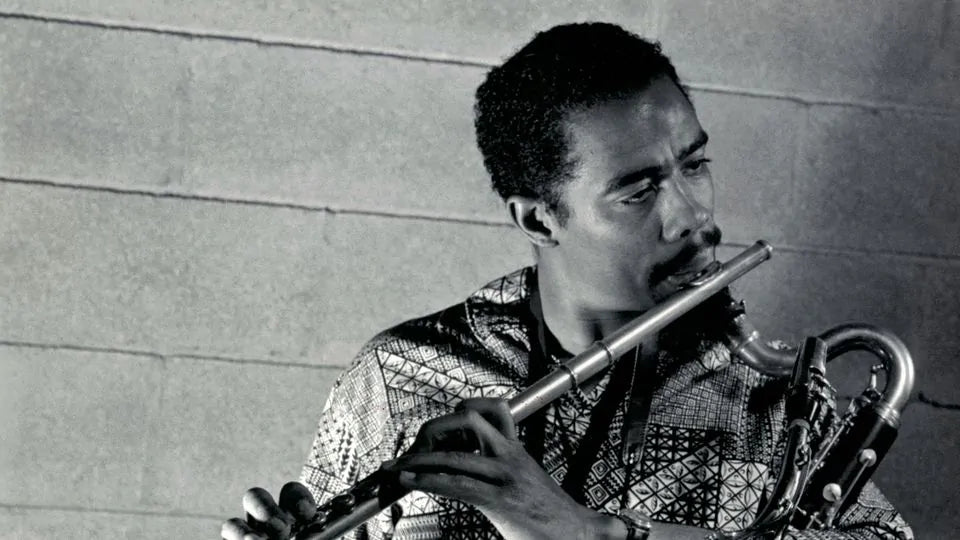From alto saxophone to flute to bass clarinet, Eric Dolphy has achieved genius status in a career spanning only six years. He has been described as a "passer" between the bebop and free jazz movements.
Born in Los Angeles in 1928, Eric Dolphy learnt clarinet and alto saxophone from an early age. He began his career in 1948 with bebop orchestras and soon became friends with John Coltrane and Ornette Coleman.
His career really took off in 1958 when he joined drummer Chico Hamilton's band. This atypical formation (flute, cello, guitar, double bass and drums) offered a rather experimental music and Eric Dolphy quickly acquired a reputation as an iconoclastic artist. Taking advantage of a certain notoriety, he leaves the following year for New York where he begins a regular collaboration with Charles Mingus.
In 1960, he recorded the album Free jazz with Ornette Coleman's double quartet. The album, which was entirely improvised, gave its name to the Free movement of which he was the emblem.
He then multiplied encounters and collaborated with Olivier Nelson, Max Roach, John Coltrane and Gil Evans. Sometimes leader, sometimes sideman, sometimes clarinet, sometimes saxophone, Eric Dolphy went on to perform a series of concerts and recordings in the United States and Europe at a frenetic pace. A few months before his death in 1964, he recorded with his quintet his most famous masterpiece: Out To Lunch.
Jazz magazine described him as a passer-by: he didn't deny the past, but sought to integrate it into a music in full evolution. Eric Dolphy has actively participated in the development of free jazz by constantly experimenting with fragmentation, dissonance and unstructured rhythms. In addition, he restored the bass clarinet to its former glory.
Photo credit: © Don Schlitten
